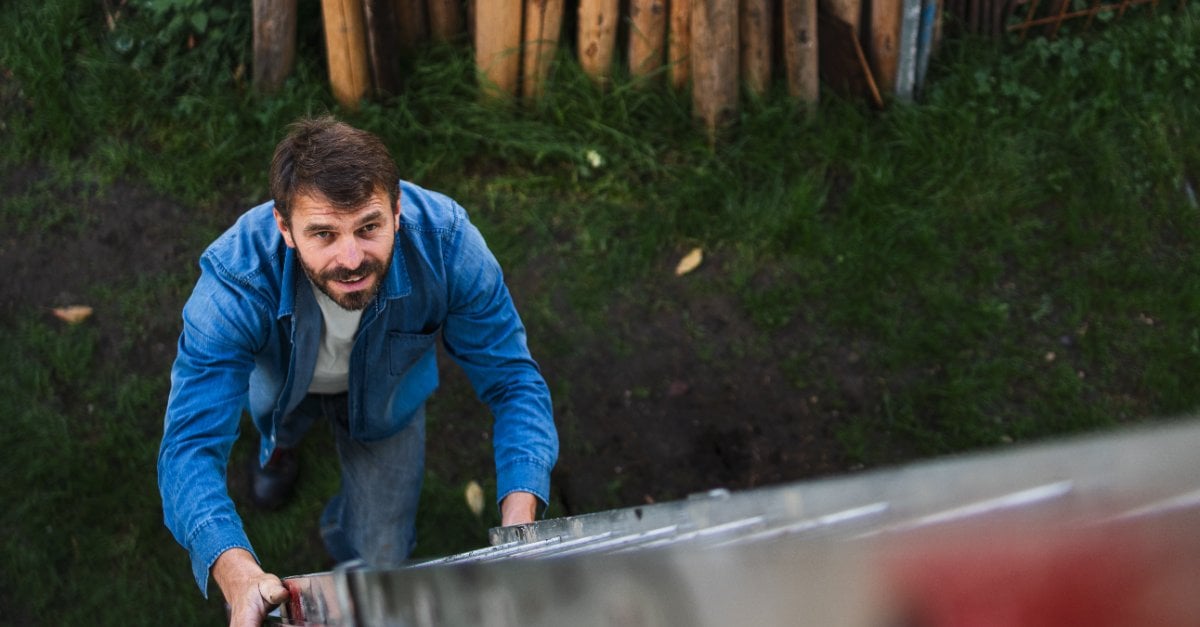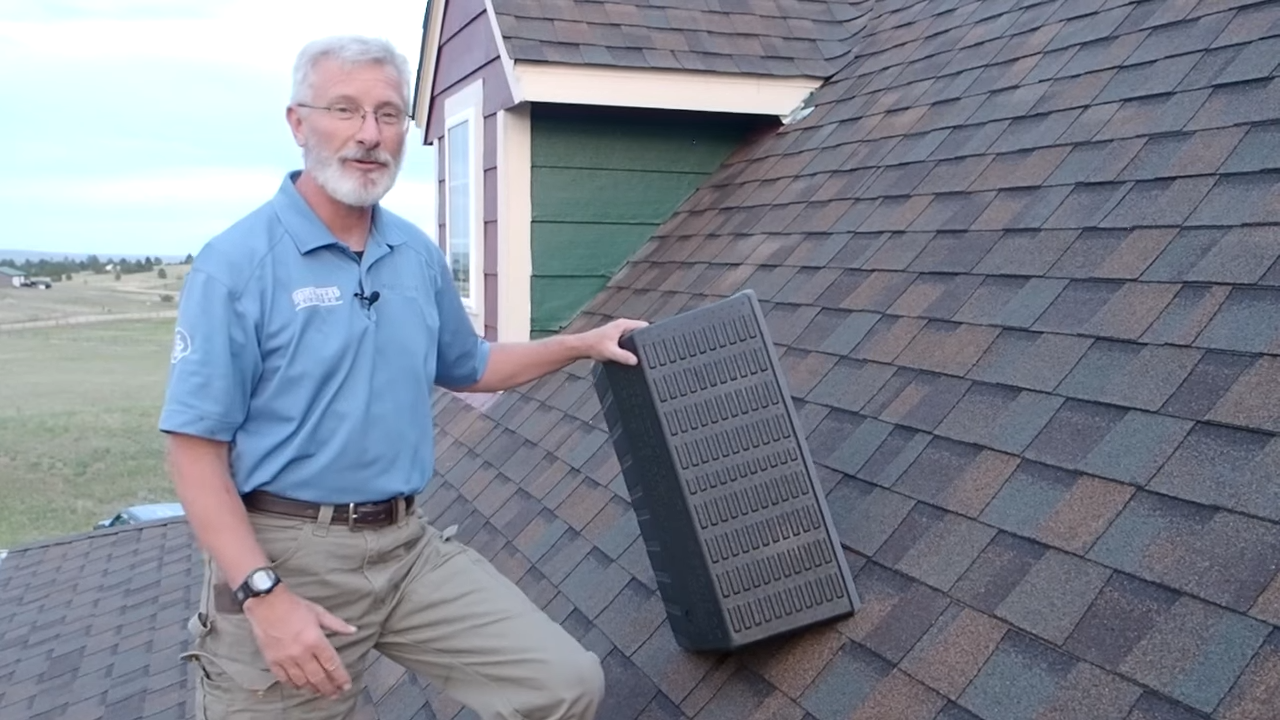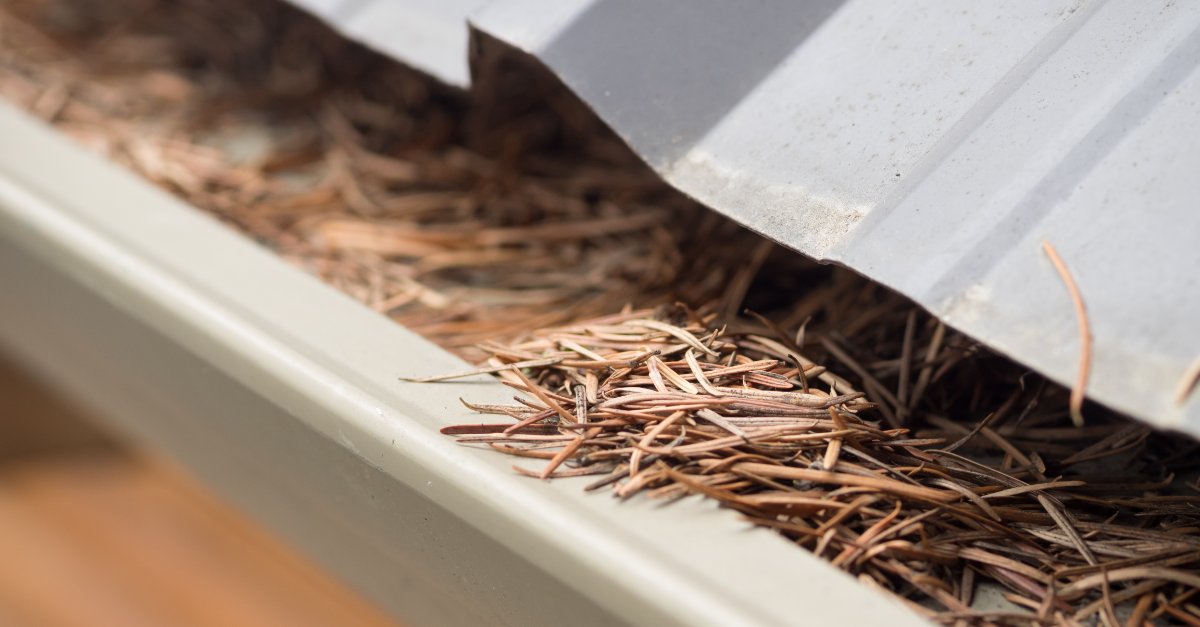Climbing on your roof can be dangerous, especially if it's two stories up or has a slope. Roofs are high up, and they can be dangerous. Luckily, there are ways to make sure your roof-climbing experience is safe as well as exciting! Here's how to do it:
Be Realistic
First things first: be realistic. If you're not comfortable with heights, don't risk it. If you are afraid of heights and would rather not climb, then don't! With that said, if you feel up to the task and know that you can do it safely then go for it—just make sure there's someone else around in case something goes wrong.
Use The Right Ladder
Before you start climbing, make sure you have the right ladder.
Use a ladder that is the right size for your job. If it’s too small, you’ll be constantly struggling to reach higher points on your roof, but the smaller ladder you have to carry, the better. If it’s too big, you could end up toppling over with it and injuring yourself in the process.
Make sure the step height of your ladder matches up with how tall you are so that there's no risk of falling off while climbing up or down it in an awkward position (and potentially injuring yourself). A step height of about 8 inches is recommended for most adults.
Look out for top caps and safety straps on each side of each rung; these provide extra support during those long treks across long stretches without railings along open spaces (like skylights). They also prevent accidents like tripping over uneven surfaces underneath floors which could cause injury if someone doesn't notice them before stepping onto them blindly!
Check Your Ladder and Tools
If you’re going to be using a ladder to get up on the roof, make sure it’s in good condition. Check that all bolts, screws, and other fasteners are secure. If you find anything out of place, stop right there! Don't climb on that ladder until you've fixed whatever is wrong with it—it could lead to an accident otherwise!
Best Roofing Ladder Safety
Three points of contact
When using any ladder, it’s important to maintain three points of contact at all times. This means that you should always have two hands and one foot, or two feet and one hand, on the ladder. This will help you stay balanced and prevent accidents.
Overhead Power Lines
Be careful of power lines while climbing onto roofs! If the ladder touches an overhead power line, you could be electrocuted. To avoid this, use a non-conductive ladder made of fiberglass or wood. Stay at least 10 feet away from power lines while working on your roof.
Wear the Right Clothing and Gear
Wear shoes with good traction to avoid slipping. Tie back loose clothing and hair to avoid getting it caught on anything while climbing. Wear gloves to protect your hands from sharp edges.
Side Rails
When you're finished with your roofing project and it's time to come down, be just as careful as when you were climbing up. Use the same three-point grip and keep your body close to the ladder. If possible, have someone spot you from below—that way, if anything does happen, there's someone there to help.
Portable Ladder
If you're working on a two-story house, you may need to use a smaller ladder to climb up onto the roof. There are also special ladder accessories called "roof hooks" that can be used to secure your ladder to the edge of the roof. This prevents it from slipping or falling off while you're climbing up or down.
Belt Buckle Dangers
If you're wearing a belt, make sure the buckle is facing up. This will prevent it from getting caught on anything while you're climbing.
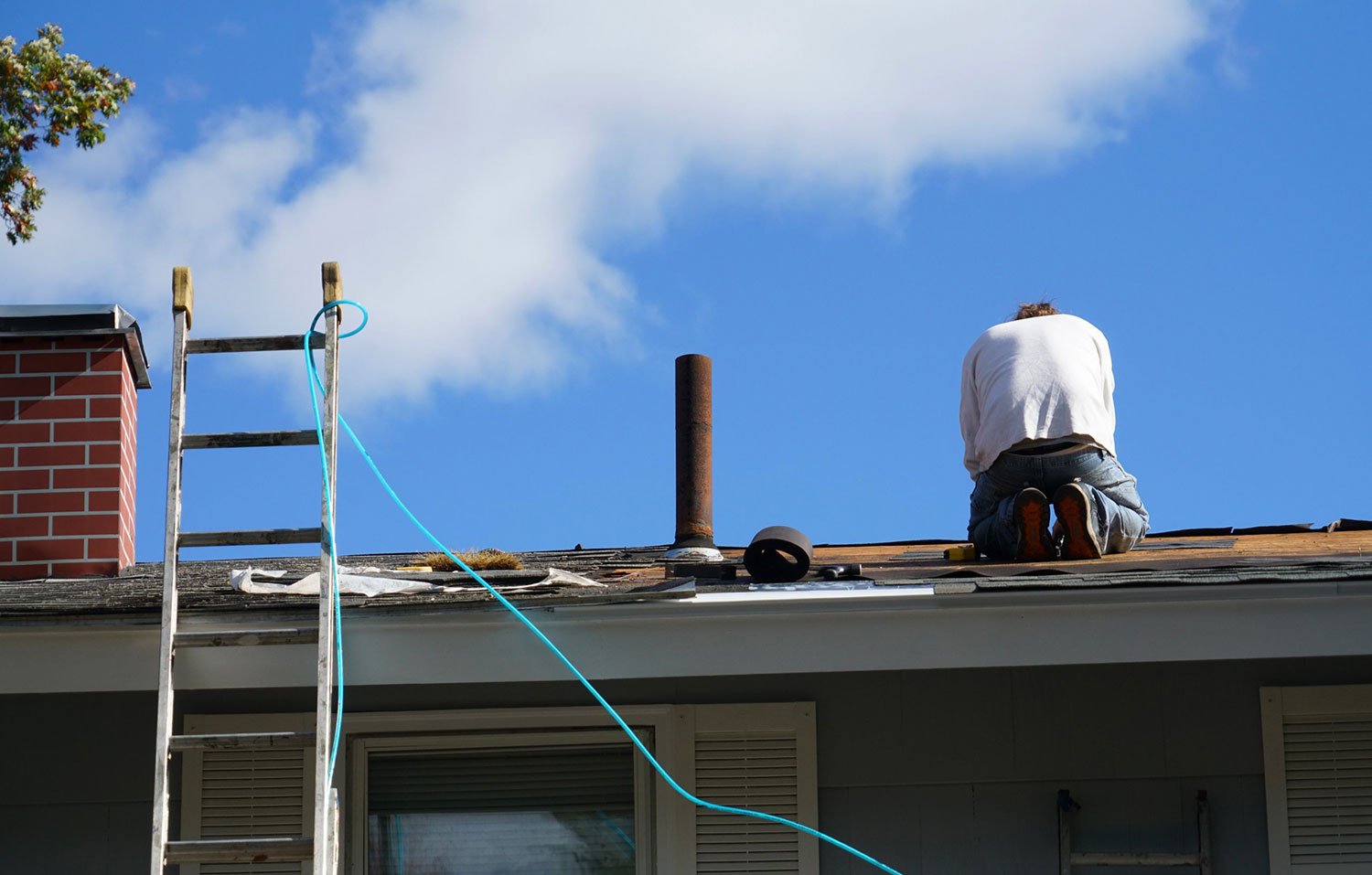
Duty Rating
When choosing a ladder, make sure to check the duty rating. This is the weight that the ladder is rated to hold. Most ladders have a 200-pound duty rating, which means they can hold up to 200 pounds.
Loose Rungs
Make sure all of the rungs on your ladder are tight and secure before climbing. If one of the rungs is loose, it could cause you to lose your balance and fall.
Level Surface
When setting up your ladder, make sure the surface is level. If it's not, the ladder could slip or tip over.
More Than One Person
If you're working with someone else on the roof, make sure each person has their own ladder. Do not try to share one ladder—it's not safe.
Wet Surfaces
Be careful of wet leaves, moss, or other slippery surfaces. They can be very dangerous and cause you to lose your footing.
Step Ladders
If you're using a step ladder, make sure the spreaders are locked in place. This will prevent the ladder from folding up while you're on it.
Electrical Equipment
If you're using any electrical equipment on the roof, be sure to use a ground fault circuit interrupter (GFCI) to protect yourself from shocks.
Use a Smaller Extension Ladder
It’s best to use a smaller ladder when climbing up on your roof. This will make it easier to maneuver and will also be less likely to damage the roof itself.
If you have a two-story house, you may need to use a second ladder to get up to the roof. This is because the first ladder may not be tall enough to reach the edge of the roof.
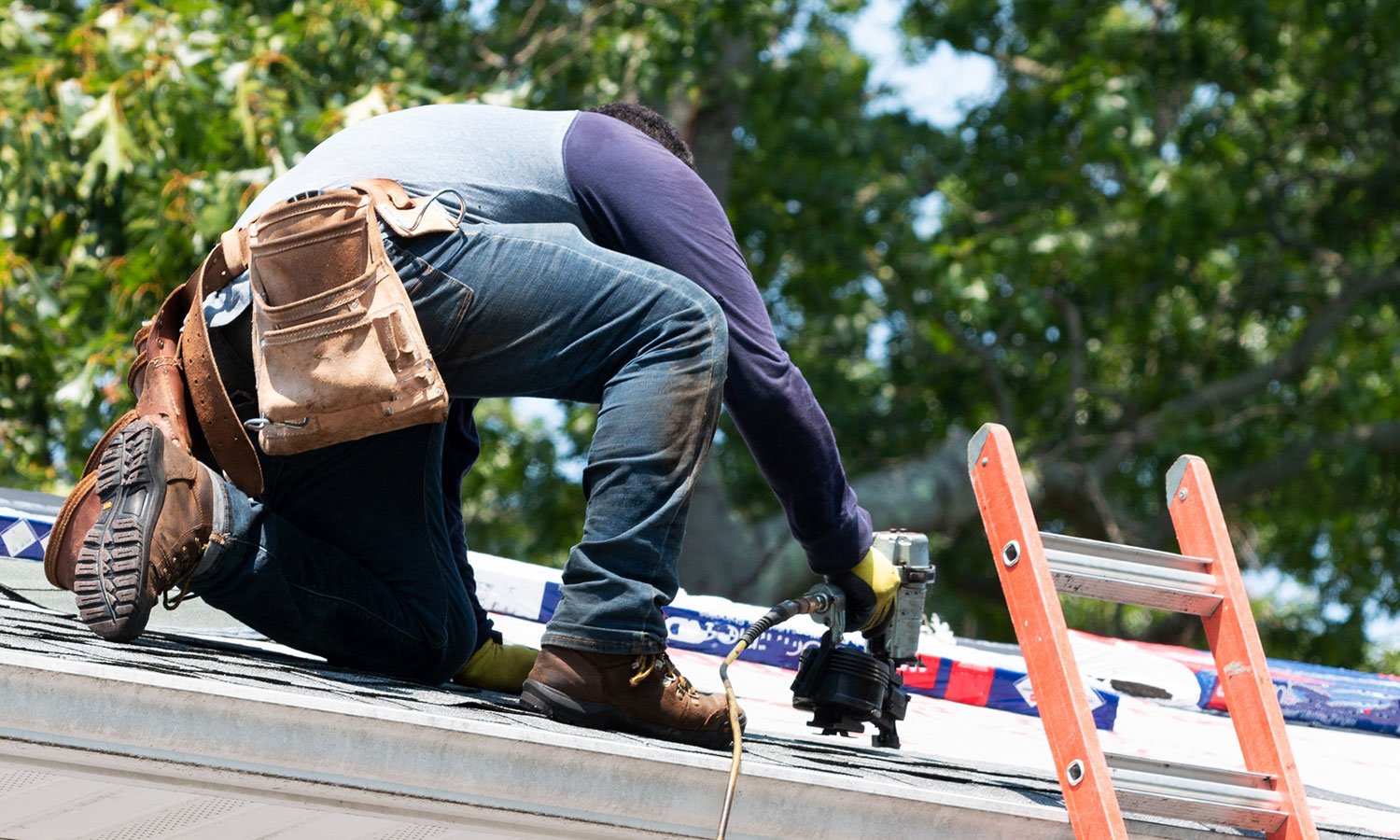
Aluminum Ladder
If you’re using an aluminum ladder, be careful not to scratch the roof. Aluminum is a softer metal and can easily scratch shingles.
Be aware of Your Surroundings
When you’re on the roof, be aware of your surroundings. There may be power lines nearby or other hazards that you didn’t see from the ground. Pay attention to where you’re walking and what’s around you so you don’t accidentally injure yourself.
Extension Ladders vs Scaffold Ladder
When choosing a roof ladder for your home, you have two main options: an extension ladder or a scaffold ladder.
An extension ladder is a good choice if you need to reach high areas or if you’re working on a pitched roof. They’re also easy to set up and take down.
Scaffold ladders are a good choice if you need to be able to move around on the roof easily. They have a platform that you can stand on, which makes it easier to work on your roof without having to worry about losing your balance.
Tripod Ladders
Roofing ladders come in different sizes and shapes. Tripod ladders are good for roofing because they’re less likely to slip and they provide a more stable platform for you to stand on. They’re also easy to set up and take down. But they can be more expensive than other types of ladders.
When choosing a ladder, make sure you pick one that’s the right roof ladder for the job. You don’t want to be further off the ground than you need to, but you also don’t want to be too close.
Fiberglass ladders vs Step Climbing Ladders
If you're working with electricity, then you'll need to use a fiberglass ladder. These are made of non-conductive materials and will not conduct electricity.
Step climbing ladders are perfect for getting on your roof without damaging it. They have rubber feet that grip the roof and prevent slipping.
Ladder Stabilizers like Ladder's Little Helper
A ladder stabilizer is a device that helps keep the ladder in place. It’s basically a bracket that goes around the base or top of the ladder and prevents it from moving.
Ladder's Little Helper is a type of ladder stabilizer. It's a small device (like a roof hook) that you attach to the ladder and it helps keep it from sliding around.
Ladder stabilizers are a good idea if you’re working on a slippery surface or if there’s a chance the ladder could fall over. It is very helpful especially if you use single or extension ladders. A straight ladder is more likely to slip and fall over.
Second Step Ladder
You can use a second ladder to climb the first one when the house has two stories. Always remember to use a ladder's little helper or a self-supporting ladder to make sure the ladder doesn't move when you're on it. These little helpers have rolling wheels and provide a support brace for the ladder.
A chicken ladder, also known as a roof ladder, is a type of self-supporting ladder. It is often used by roofers and window washers. You need to make sure roofing tasks and roofing jobs that are done with this ladder are carried out with maximum care.
Non-self-supporting ladders need ridge hooks to keep them in place. The best ladders for two-story houses are the ones that can be easily converted into scaffold ladders.
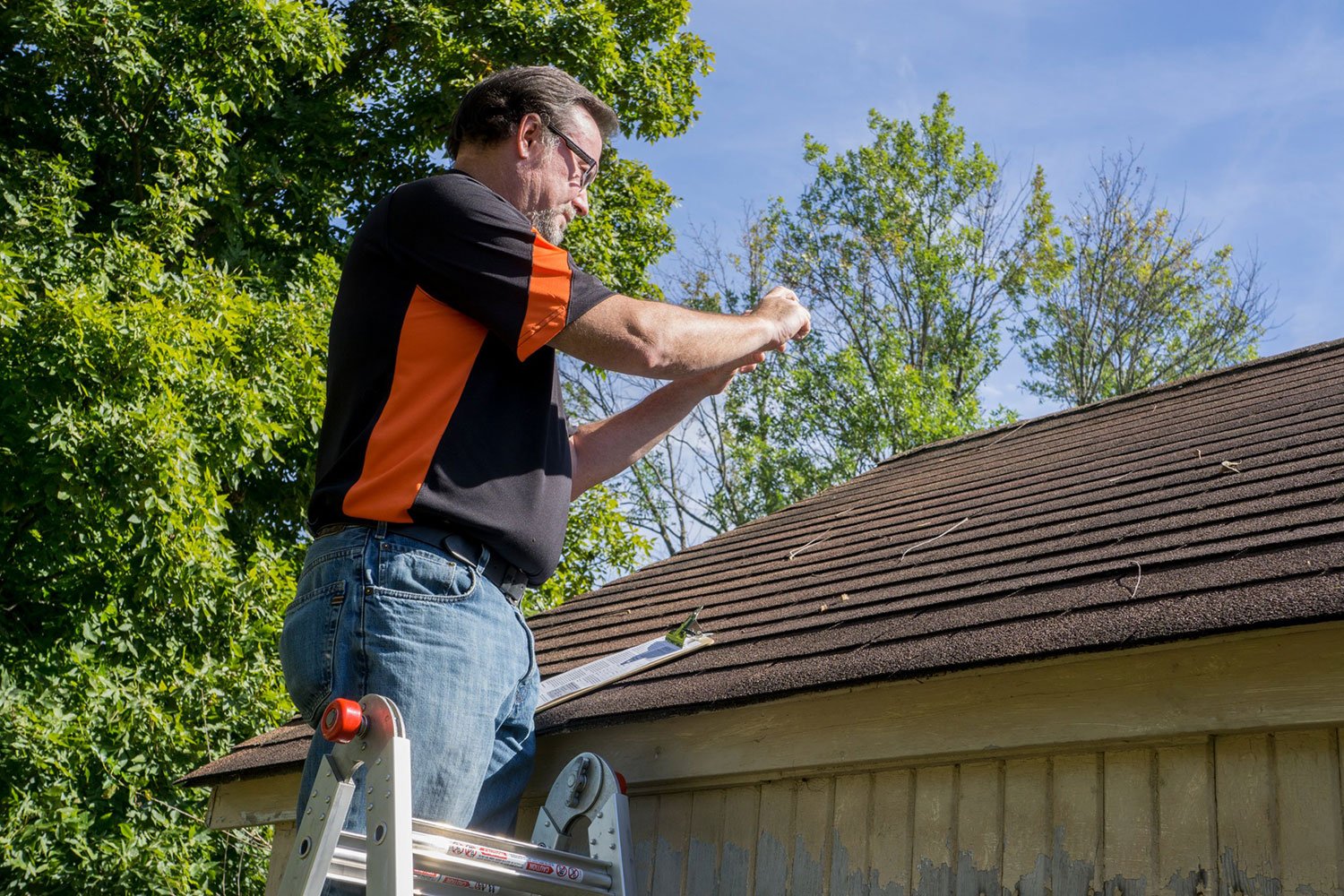
Best Ladder for Heavy Duty Roof Work
If you're looking for the best ladder for heavy-duty roof work, then you should consider getting a scaffold ladder. These ladders are made of heavy-duty materials and can support a lot of weight.
They also have a platform that you can stand on, which makes it easier to work on your roof without having to worry about losing your balance. Always know how much weight you will carry up the roof, so you'll be able to use the right scaffold ladder.
Ladder design today has changed a lot, making them safer and more comfortable to use.
You can now find ladders with wide steps and non-slip surfaces.
Some ladders even come with a rest platform so you can take a break without having to come all the way down.
Be Aware of Incoming Weather Conditions
Before climbing onto your roof, be sure to check the weather forecast. Weather conditions can change quickly, and a ladder might not be safe for you to use if there's precipitation. If it is raining, wait until it stops before climbing up onto the roof.
Again, Only Climb When You Can Maintain Three Points of Contact with the Ladder
If a ladder is your means of getting onto the roof, make sure you have three points of contact with the ladder at all times.
- The feet should be on the rungs or steps. You should not be holding onto only one rung at any time.
- If you need to use two hands for something, keep one hand on a different rung than where your foot is planted and use that hand as needed.
- Whenever possible, avoid using ladders at all costs -- they are notorious for falling apart when you need them most!
Wear the Right Clothes and Shoes, and Keep Them On
Your feet will be the most important part of your body when you're on a roof, so make sure they're protected with boots that grip well and won't slide around as you move. Wear long pants to protect your legs from splinters or scrapes from falling debris. You might also consider wearing gloves to protect your hands from sharp objects or rough surfaces.
Finally, make sure to wear something on your head—a hat or helmet is best—to protect yourself from falling objects like shingles, branches, and other things that could get in the way of where you're going next (or worse).
Never Carry Items in Your Hands
Never carry anything in your hands while climbing. If you need to carry something, put it in a tool belt, or over your shoulder while climbing safely.
Never Fix a Broken Ladder to Increase Height
Ladders come in various sizes and lengths, with the most common being 10 or 14 feet. If you need to get on your roof, try to find one that is tall enough for the job. You may need two ladders if you're taller than 6'2". If it’s too short for your purposes, never use it as a makeshift extension ladder by placing another ladder on top of yours; this can cause the bottom one to collapse under your weight!
Conclusion
So, make sure you take the right precautions before climbing on your roof. If you’re still unsure of how to do it safely or are not comfortable climbing up on your roof ask a professional roofer for help, they have the training, experience, and equipment to get the job done quickly and efficiently.
And as always, if you need any help with your roof, whether it’s a small repair or a brand new roof installation, or any questions you may have about your roof please don’t hesitate to contact us!

